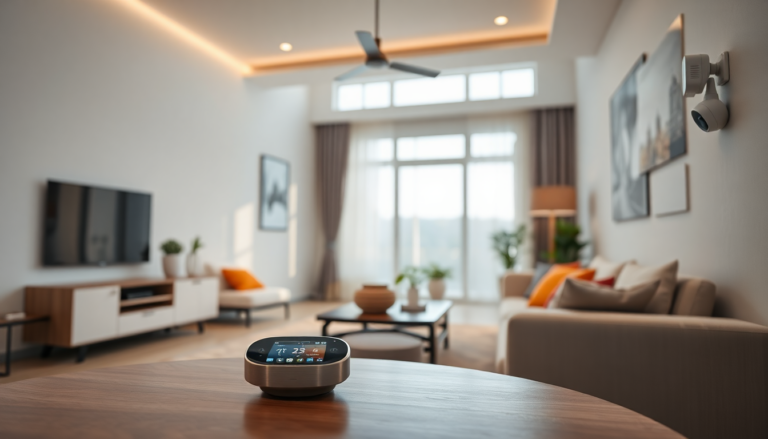Argomenti trattati
Living in a smart home can feel like a scene straight out of a sci-fi movie, right? We’ve got voice-activated lights, smart thermostats that learn our habits, and cameras that let us check on our pets while we’re at work. It’s an amazing convenience, but let’s be real for a second. All these connected devices can also be a gateway for cybercriminals if we’re not careful. Imagine having a front row seat to the future, only to discover that someone else has the ticket to your show. So how do we turn our homes into impenetrable fortresses instead of easy targets?
Lock down your Wi-Fi first
First things first, your Wi-Fi network is the backbone of all your smart devices. If it’s not secure, it’s like leaving the front door wide open. Start by changing the default password on your router. That generic password that came with it? Yeah, that’s a hacker’s best friend. Go for something complex, mixing letters, numbers, and symbols. I remember when I first set up my smart home; I was shocked to find out how many devices were still using factory settings. It’s like inviting trouble in for dinner!
Next, make sure you’re using WPA3 encryption (if your router supports it). It’s the latest and greatest in Wi-Fi security. And if you’ve got guests over, consider setting up a separate guest network. This way, you can keep your personal devices safer from any potential vulnerabilities that come from someone else’s smartphone.
Fortify each smart device
Now that your Wi-Fi is locked down, let’s turn our attention to those individual smart devices. Each one is like a tiny computer that connects to the internet, and just like your laptop or phone, they can have security flaws. Ensure that every device is updated regularly. Manufacturers often release patches to fix vulnerabilities, but if you don’t update, you leave yourself wide open to attacks.
Also, consider what permissions you’re granting these devices. Some apps want more access than they need. I mean, does your smart fridge really need to know your location? Be smart about what information you share. Disabling any unnecessary features can also reduce your attack surface. It’s a bit like cleaning out the attic: you don’t need the old junk cluttering up your space.
Be smart about placement and privacy
Placement of your devices matters more than you might think. For instance, placing your security camera in a spot that’s easily accessible can make it a target for tampering. Think strategically. Position it in a way that keeps it out of reach but still gives you a clear view of what you want to monitor. Additionally, consider privacy settings. Many devices come with default settings that may not prioritize your privacy. Change them! It’s like using a fancy lock but leaving the window wide open.
Another thing to keep in mind is the data these devices collect. Are you comfortable with that information being stored online? If not, look for devices that offer local storage options. It’s a bit of a hassle, but it can save you from unwanted data breaches. And let’s face it, no one wants to deal with the aftermath of a cyberattack.
Securing your smart home doesn’t have to be a daunting task. With a few proactive steps, you can enjoy the conveniences of your connected devices while keeping the cyber baddies at bay. The tech world is advancing rapidly, and as many know, with great power comes great responsibility. So take a moment, assess your smart home, and make sure you’re not leaving the door open for unwanted visitors.

